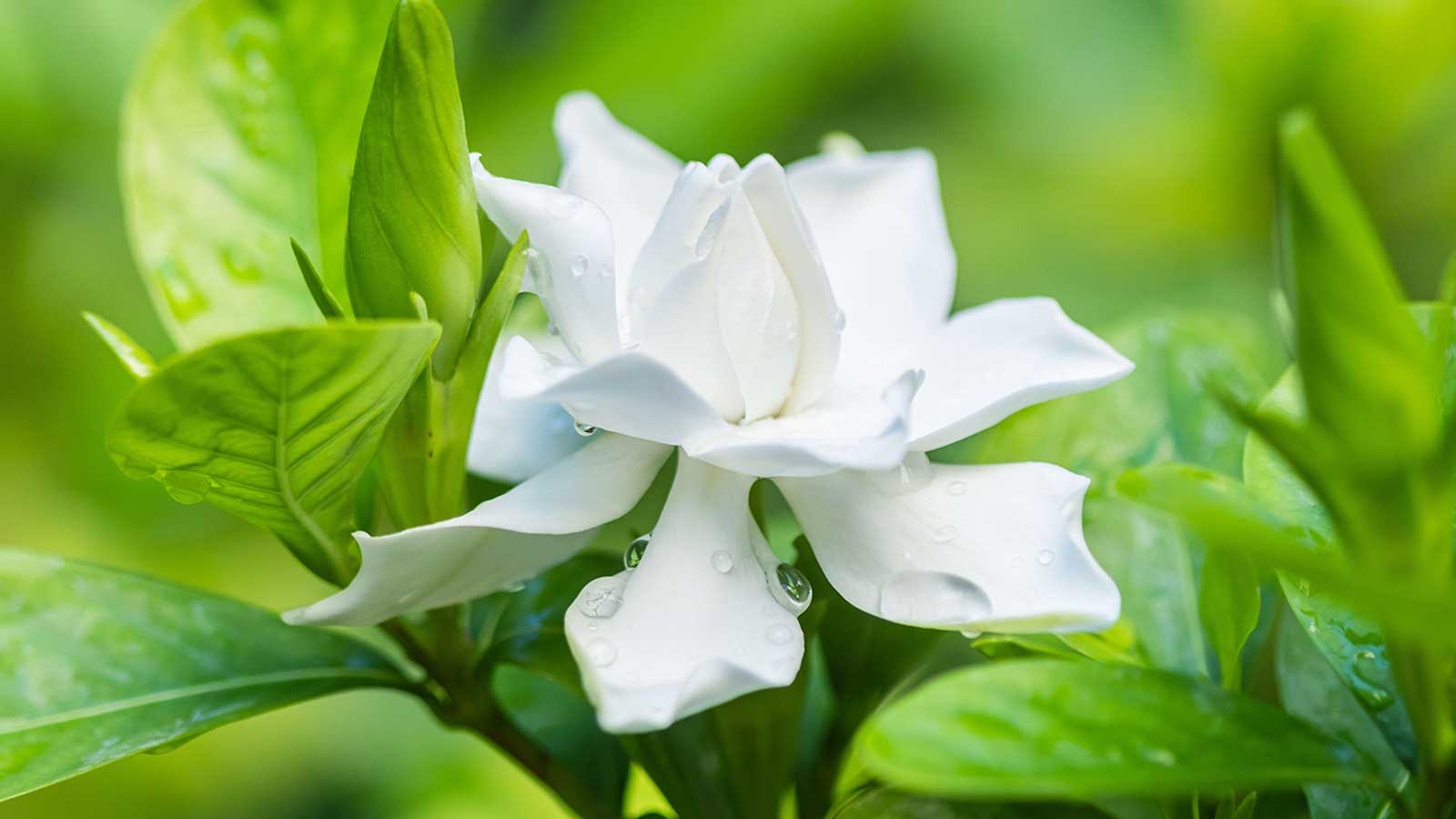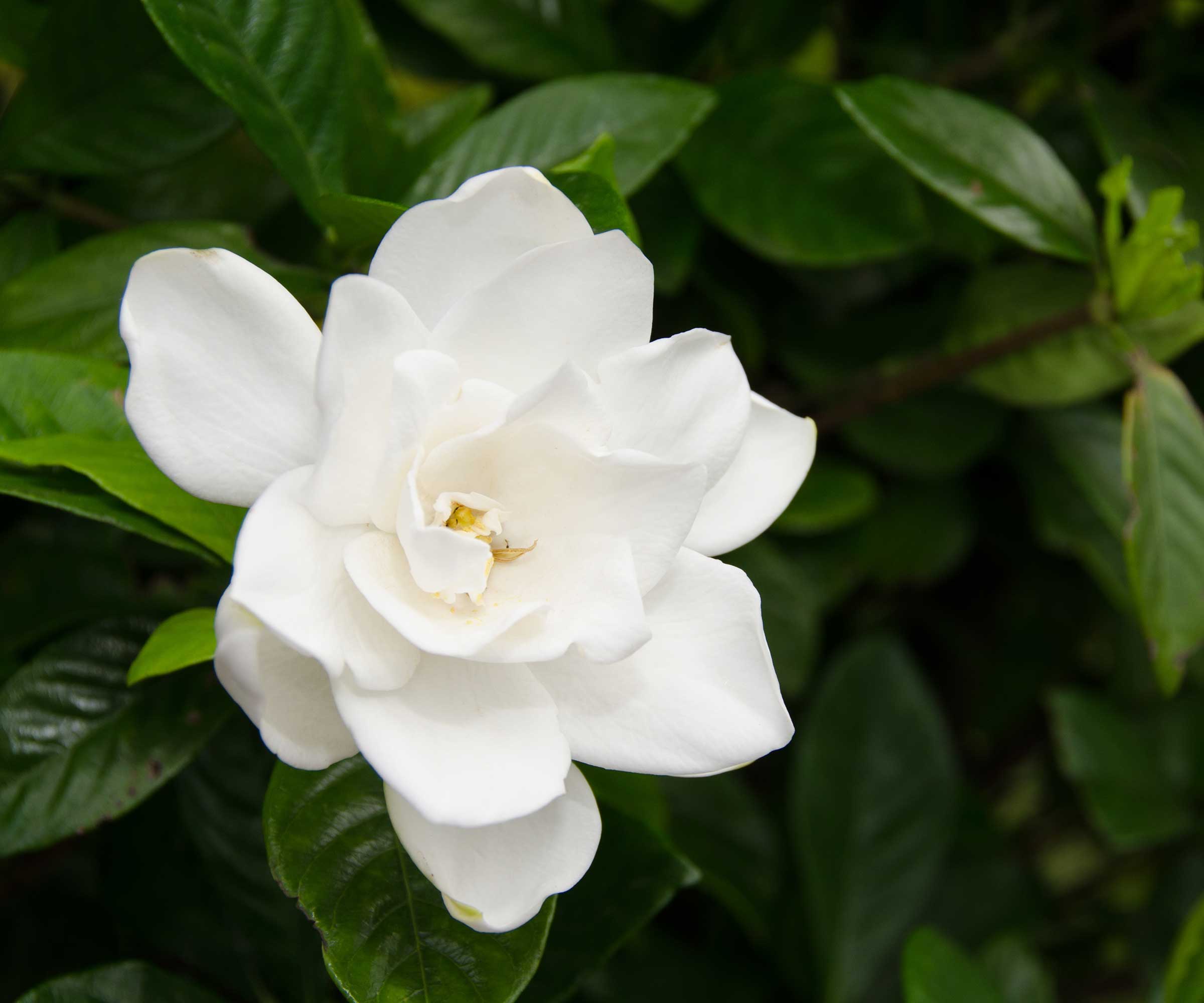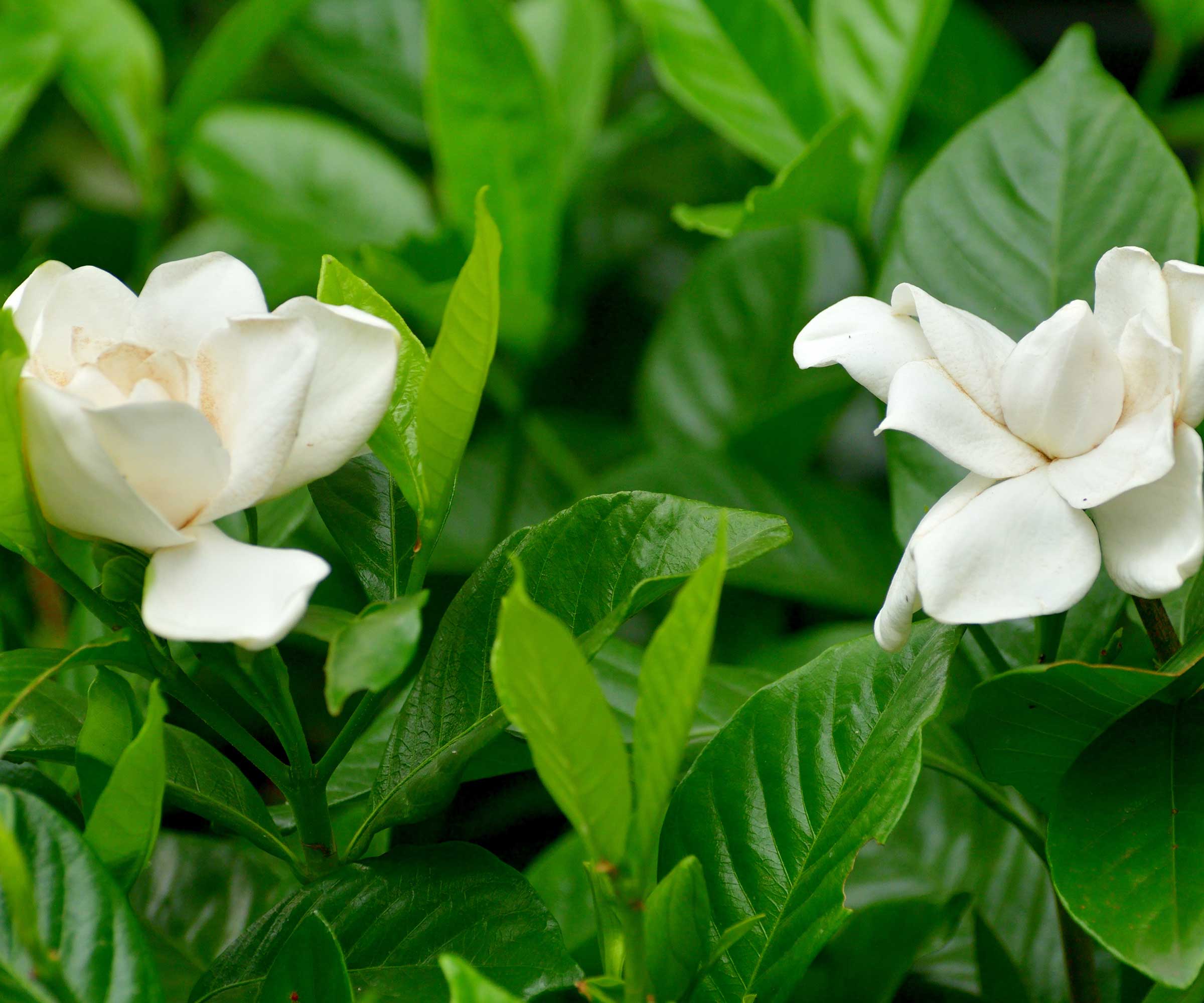
Q: I have a potted gardenia in my conservatory. It's one of my favorite plants, mainly for its beautiful, scented flowers. However, some of the lush green leaves have recently turned yellow, which has made me a little concerned. What could be the reason?
A: Gardenias are wonderful fragrant plants for a conservatory, and can also be grown outdoors in warmer climes. They are quite picky about their growing environment, though, and a change in color often means something is amiss.
Kiersten Rankel, a plant expert from Greg, says, 'A bit of yellowing on older leaves is normal, but if you're seeing widespread yellowing, it's time to investigate.' Below, you'll find the potential causes to consider, and how to tackle them.

3 key reasons why gardenia leaves can turn yellow
Check whether the following causes could apply to your plant, to help rectify the problem and get it back to full health.
1. Nutrient deficiencies

'Iron deficiency is a frequent offender, causing leaves to yellow while veins stay green,' says Kiersten. As Brock Ingham of Bigger Garden explains, this happens when plants can’t absorb enough iron, often due to high soil pH. 'This is more common in gardenias because they prefer acidic soil,' he says.
'To prevent this, I always make sure to use a soil mix designed for acid-loving plants and regularly check the pH, aiming for a range between 5.0 and 6.0,' Brock continues. We like the look of this organic mix from Coast of Maine at Amazon, as well as this soil pH meter, also from Amazon, which measures moisture and light, too.
For gardenias grown outdoors, Brock recommends amending the soil with organic matter, such as compost, to lower the pH naturally. Coffee grounds can also be used to make soil more acidic.
'If the leaves are already yellowing, a quick remedy is to apply a chelated iron product, either to the soil or as a foliar spray. This can help green up the leaves,' Brock adds.
It's not just a lack of iron that gardenias can suffer from. Other nutrient deficiencies can also affect the color of their leaves. To combat this, Brock recommends using a balanced fertilizer formulated for acid-loving plants. 'I like to fertilize regularly, especially during the growing season,' he adds.
2. Watering issues

Watering plants incorrectly is a common cause of yellow leaves. 'Too much water can lead to root rot (and is more common in indoor plants), while too little leaves your plant thirsty and stressed,' says Kiersten. 'Find that sweet spot where the soil is moist but not waterlogged. Aim to water when the top one to two inches of soil have dried out.'
For indoor gardenias especially, good drainage is crucial, she highlights. 'Consider mixing in some perlite or orchid bark to improve soil structure.' Remember to remove excess water from the pot saucer, too, highlights Anastasia Borisevich of Plantum.
'Make sure the soil gets thoroughly soaked when watering,' Anastasia continues. 'It's better to water less frequently but in large amounts, to soak the substrate all the way down.' This helps the root system grow stronger, she explains, which makes it easier for the plant to tolerate a lack of moisture and lower temperatures. 'In contrast, frequent but scarce watering stimulates the roots to grow closer to the soil's surface, making them vulnerable to droughts and cold weather.'
Top tip: Brock says mulching can help keep the moisture level consistent for gardenias growing outdoors.
3. The wrong location

Kiersten notes how indoor gardenias might turn yellow if they're not getting enough light. Gardening expert Lisa Eldred Steinkopf, a National Garden Bureau member, agrees: 'Plants will drop leaves they cannot support with the light that they have,' she says.
Find indoor gardenias a bright spot out of harsh direct sunlight. 'Outdoor gardenias prefer partial shade – not too bright, not too dark,' Kiersten continues. 'They do best with morning sun and afternoon shade, in a spot that’s sheltered from strong winds,' Brock adds.
Temperature can play its part, too, as these plants thrive when conditions are between 60 to 75° Fahrenheit. With this in mind, Kiersten recommends protecting indoor plants from central heating and drafts. Outdoor plants need protection from cold snaps, she adds. If you've moved a potted gardenia onto a patio in summer, remember to bring it back indoors before temperatures drop.
FAQs
Can pests cause gardenia leaves to turn yellow?
'Keep an eye out for unwelcome guests like spider mites, whiteflies, or scale insects,' warns Kiersten. 'These pests can cause yellowing, but regular inspections and timely treatment with insecticidal soap or neem oil can keep them at bay.' The Garden Safe ready-to-use spray from Amazon is a popular pick.
What should you do if your gardenia's leaves have turned yellow?
'If your gardenia is already showing signs of distress, start by assessing what might be causing the problem,' says Brock. 'Remove any severely yellowed leaves to encourage new growth and adjust your care routine as needed.' Remember to use sharp and clean pruners to do so, to avoid damaging your plant.
Your plant should then recover and grow new leaves over time, says Anastasia. 'And if you manage to keep up with the temperament of a gardenia, it’ll reward you with blooms for up to 50 years!'
Have you noticed your snake plant turning yellow, too, or perhaps your star jasmine leaves turning red? Our dedicated guides have more tips for keeping your plants gloriously green.







